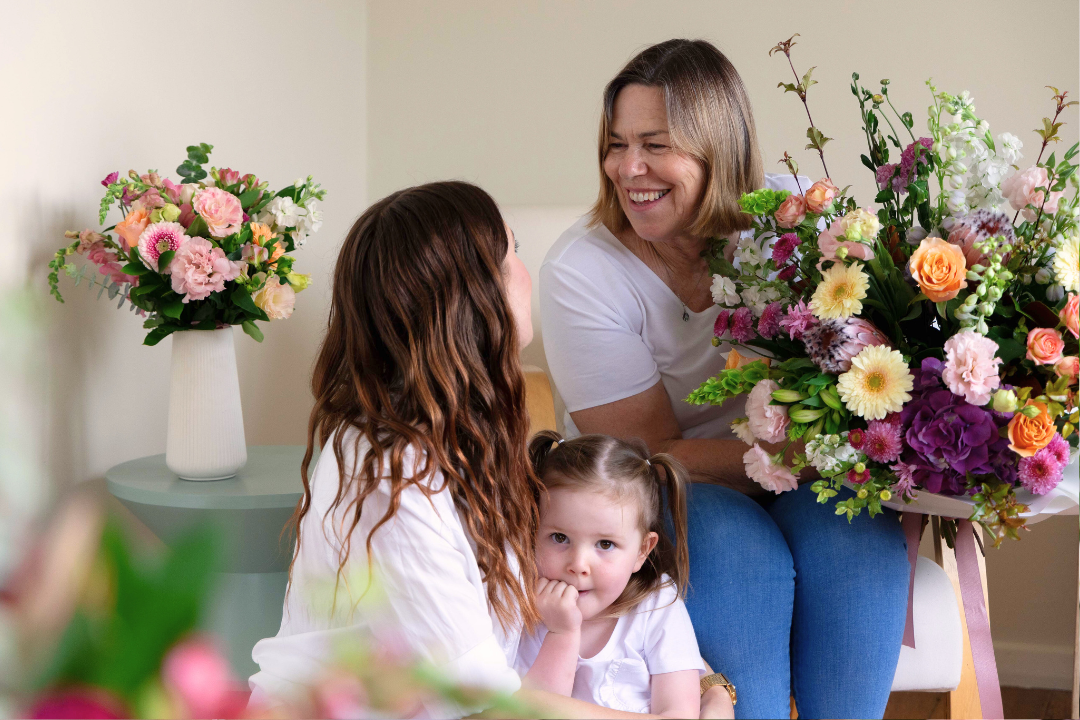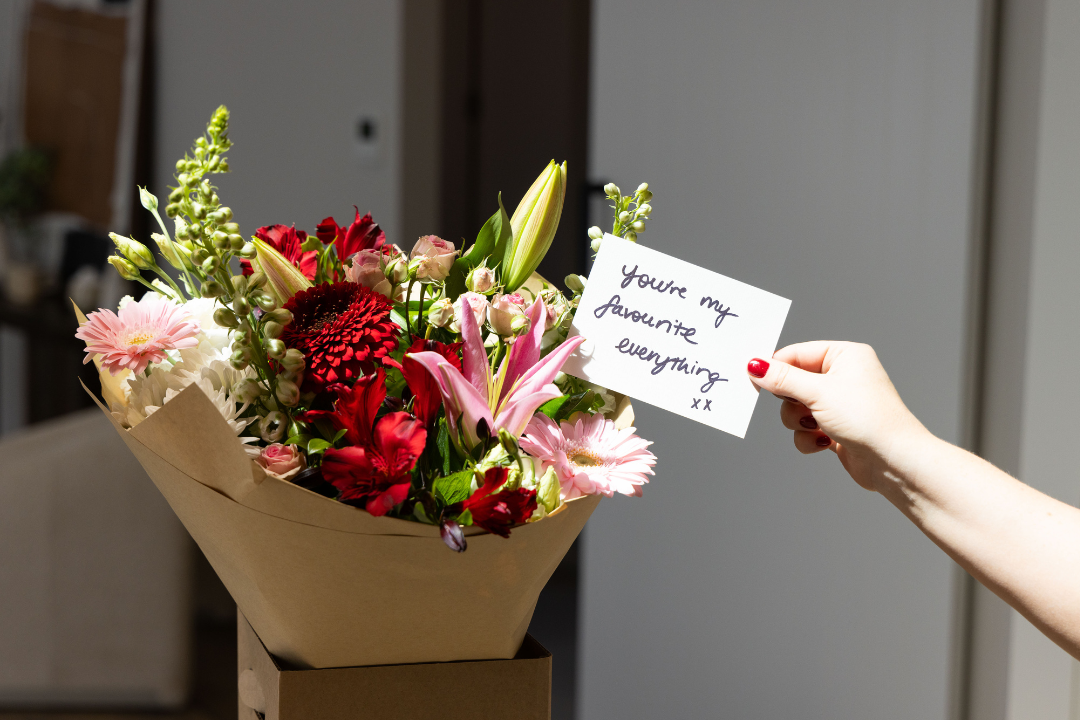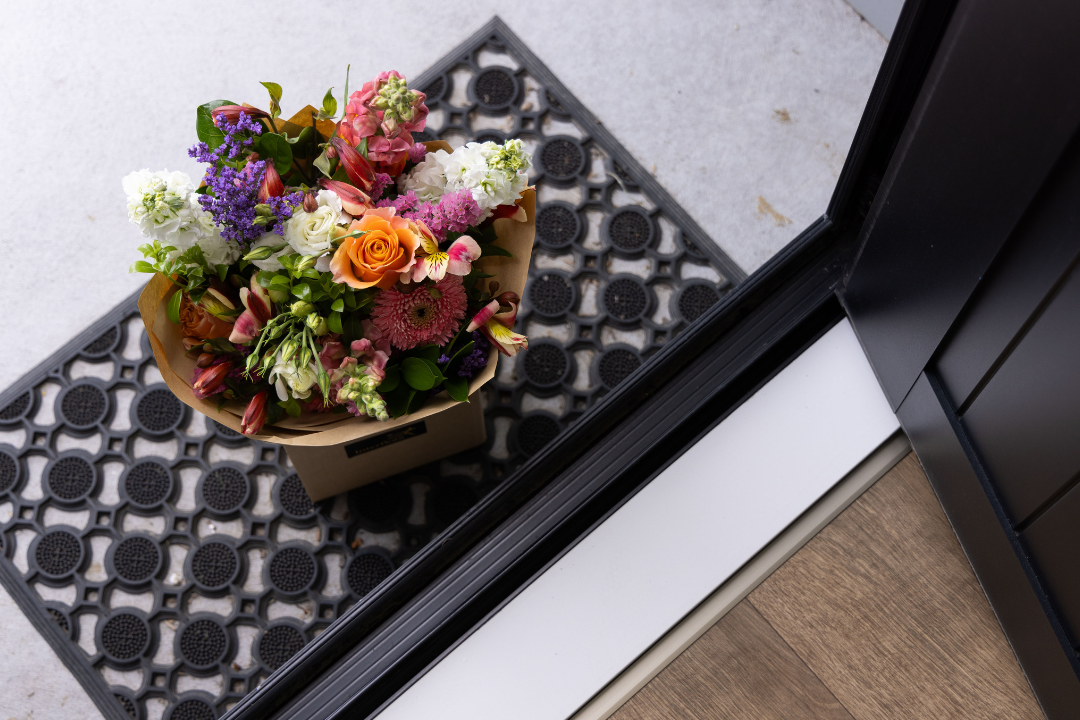-

How to Win at Mother’s Day: 6 Clever Tips for Getting It Right
Mother’s Day is just around the corner, and let’s be honest – it always seems to sneak up faster than expected. Whether you’re celebrating Mum, Nana, a stepmum, or someone who’s always been there, a little planning can go a long way. We’ve put together a few smart tips to help you nail Mother’s Day…
Latest Posts
-

How to Win at Mother’s Day: 6 Clever Tips for Getting It Right
Mother’s Day is just around the corner, and let’s be honest…
BY
-

Made to mean more this Mother’s Day: Our 2025 Collection
Mother’s Day 2025 is just around the corner (Sunday 11 May)…
BY
-

Behind the Bouquet: The Autumn Collection
As the leaves turn golden and the air grows crisp, there’s…
BY
-

Say it Right this Valentine’s Day 2025
Valentine’s Day is your time to shine. Whether it’s for your…
BY
-

Blooming Resolutions: How Fresh Flowers Can Inspire Your Year Ahead
The start of a new year is the perfect time to…
BY
-

The Ultimate Guide to Peonies
Peonies are like the trendsetters of the flower world—chic, stylish, and…
BY


